Stone Soap Redevelopment
The historic Stone Soap Building, located between Franklin and Riopelle Streets, in Detroit’s East Riverfront district, once a production facility and warehouse of the first car wash detergent company in the United States, is actually an ensemble of three buildings, which date back to 1907 and successively extended between 1927 and 1929. Typical for each period, the oldest buildings are built in “Mill building construction”, a heavy timber construction with load bearing brick exterior walls, whereas the latest addition is of the then prevalent concrete frame construction, with brick infill and large windows. The 88,370 square feet building complex, with irregular and relatively small bay sizes and different construction types has been vacant at least for 20 years.
The current redevelopment plans for the east river front initiated an inspiring urban strategy to not only expand Detroit’s greenways and to create a pedestrian and bike-friendly urban environment and the Atwater Beach redevelopment, but also focuses on the integration of the historic building fabric and new residential construction.
The Stone Soap building resembles the first step in this River Front development and aims to express how the existing industrial building stock can be revitalized through a sensitive juxtaposition of old and new. The adaptive reuse of the Stone Soap Building includes a rehabilitation and renovation of the existing structure and facades and a fourth, contemporary addition on top. The new addition is clearly distinct from the old fabric and through its abstract form, minimalistic and contemporary façade, and industrial façade material combines the assemblage of the existing three buildings into a coherent, unifying and contemporary composition. The existing conditions and opportunities led to the creation of one coherent volume with a continuously sloping roof to the wedge like and L-shaped new addition.
The south facade of the new addition offers inset balconies with a view towards the Detroit River and Belle Isle. The design language of these balconies is reminiscent of the historic frame structure of the latest concrete frame addition below. The façade of the addition is planned in a galvanized metal panel system, which brings back memories of former harbor warehouses, while the dynamic expression of the volume might remind of the maritime and industrial heritage of the site. The contemporary application of the metal façade in conjunction with large, floor-to-ceiling windows creates an abstract minimalistic appearance, which in return highlights the detailed brick façade of the historic building complex.
The Stone Soap Mixed-use Development will provide a free permanent home for the Shakespeare In Detroit Theater group (SID), a nonprofit organization that enhances and supports the cultural, educational and financial growth of Detroit with professional theater created through a conscious lens of equity, diversity and inclusion. Shakespeare in Detroit will produce the classics, musicals, contemporary and new works in equal measure throughout each season as the official Shakespeare organization of the city. The pioneering theatre company will attract tourists from all over the world to see its world-class offerings of staged readings, theatrical productions and special events as a cultural force in Detroit. The company’s work will also include educational programming to complement and supplement the curriculums of K-12 students throughout Southeast Michigan. The new theater will be coupled with the operation of a sensational Wine Bar where actors will interact with guests before and after performances.
In addition, the project will house a vivid 8,440 sqft Market Hall with several national and international food venues providing fine dining and market stands with local and fresh food.
The new development will provide Detroit’s waterfront and residents with new exciting destinations, while resembling a characteristic and recognizable landmark in the new district. Whether the inclusive approach of the design – combining historic with a new character – or the inclusive program of non- profit cultural offerings or the wide spectrum of unit types from affordable units to luxury penthouses, the project will create a symbiotic approach to development.
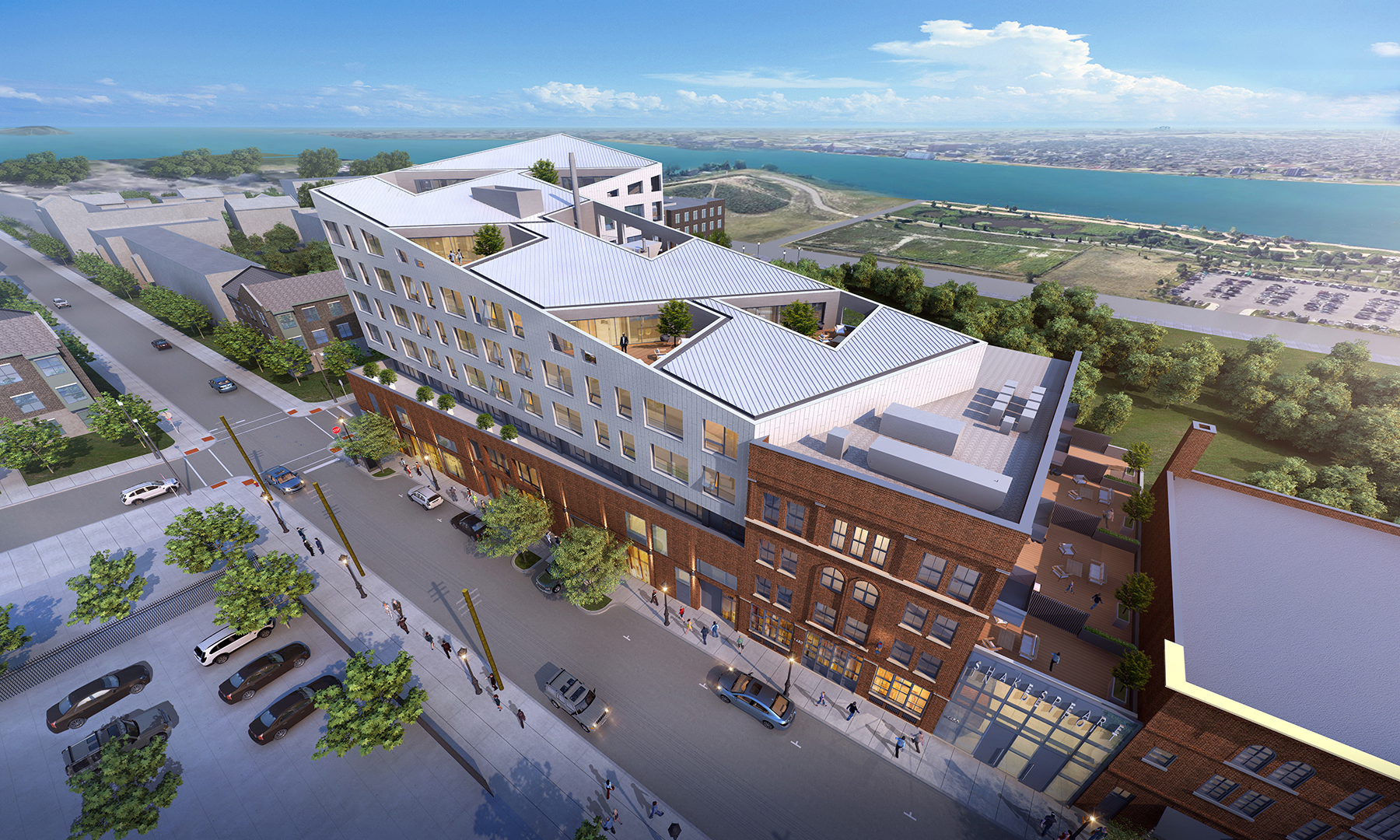
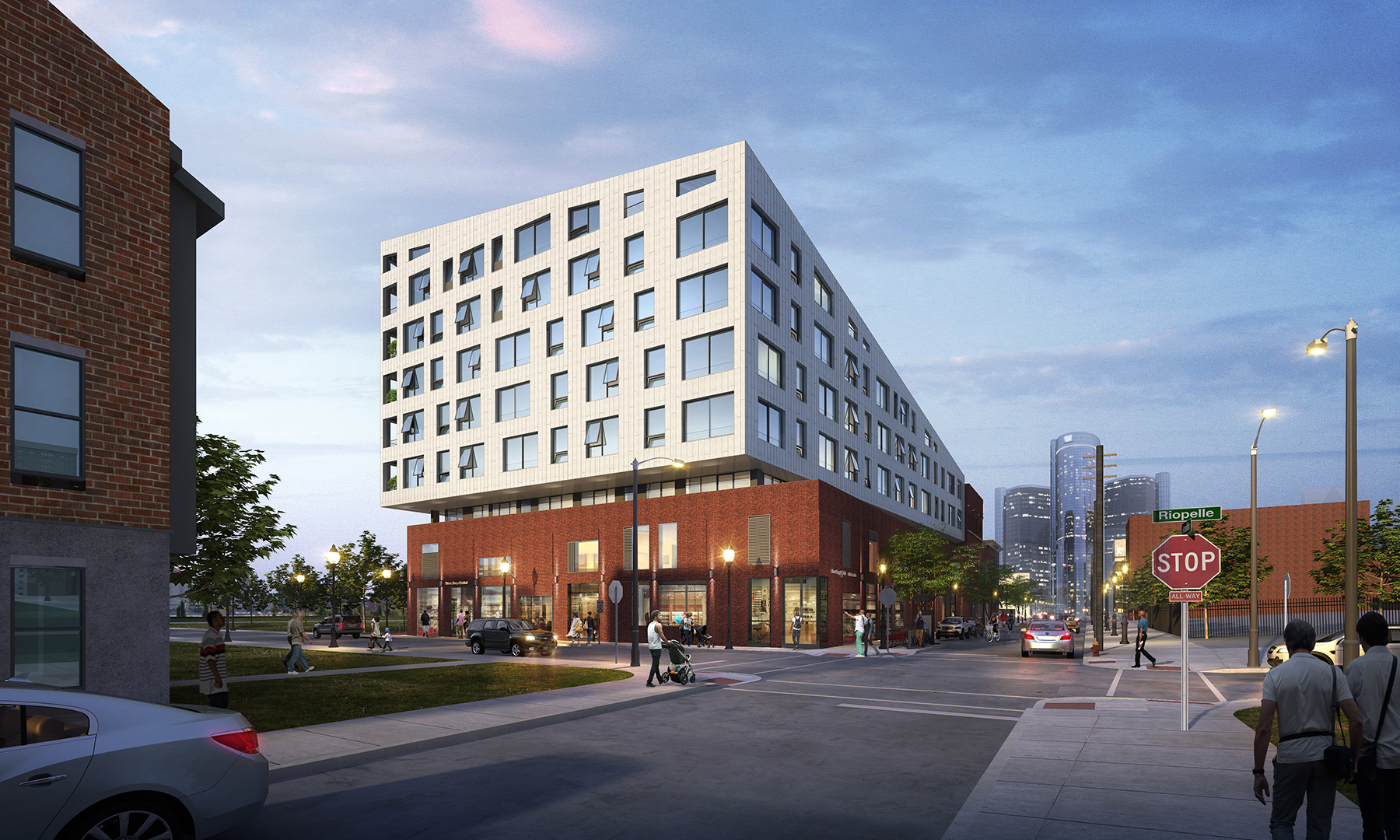
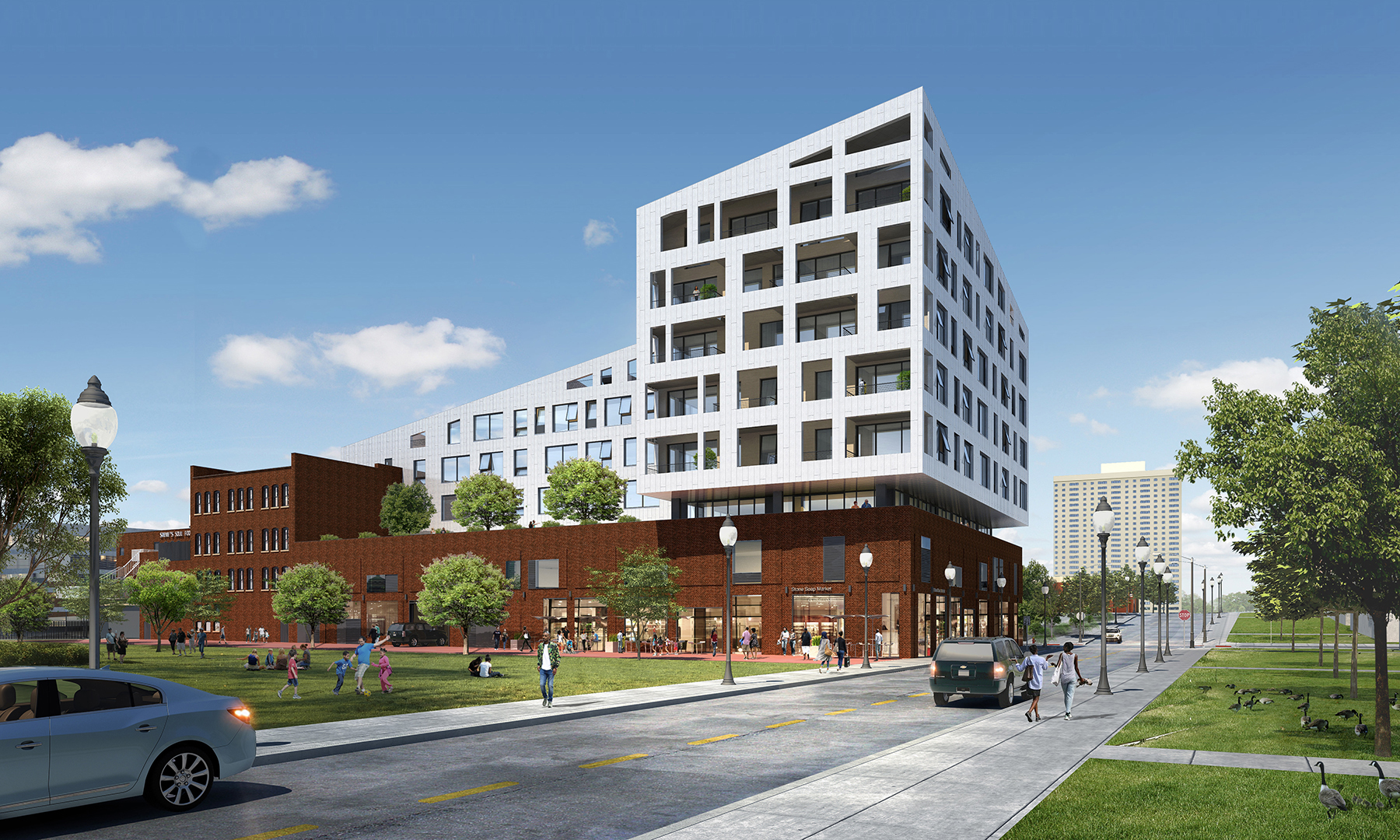
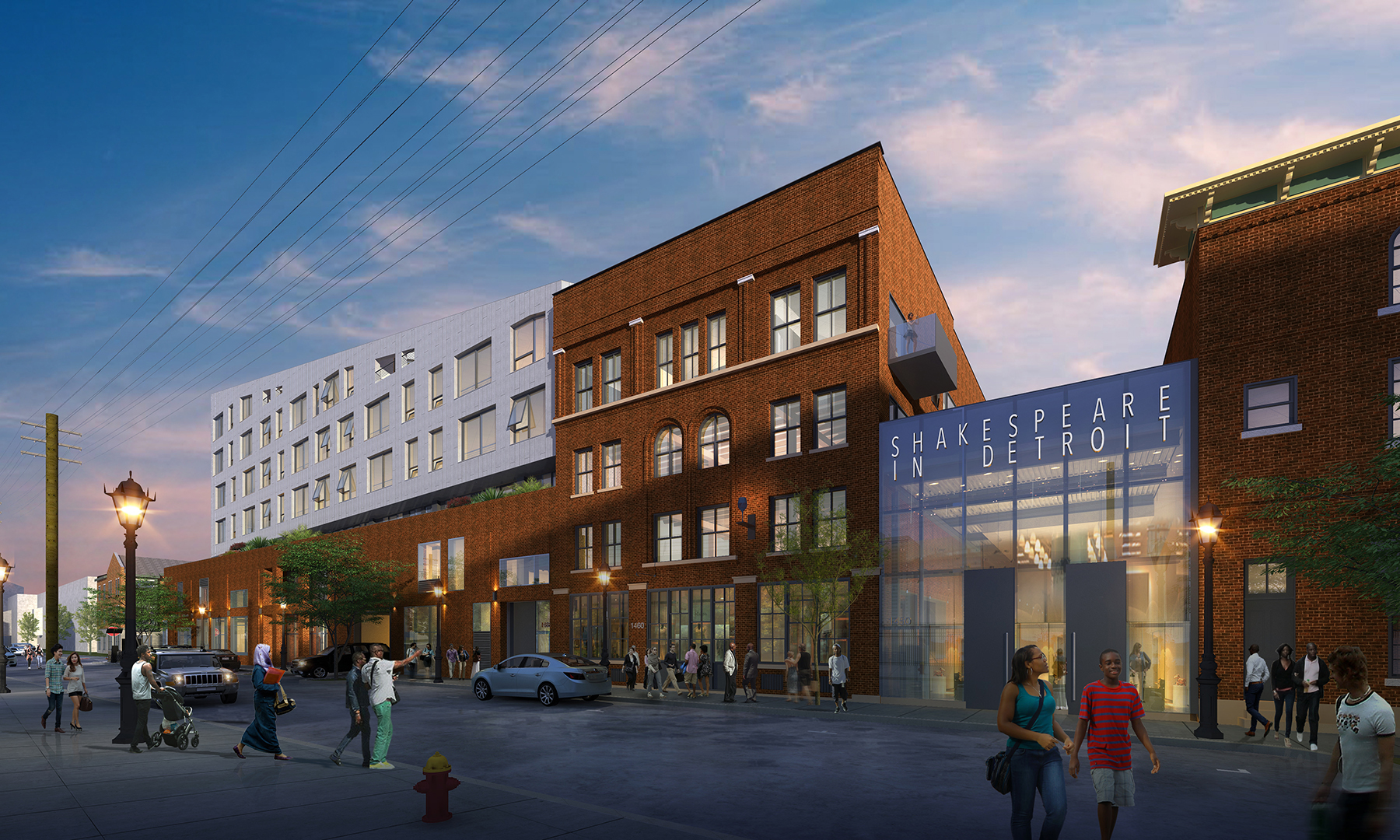

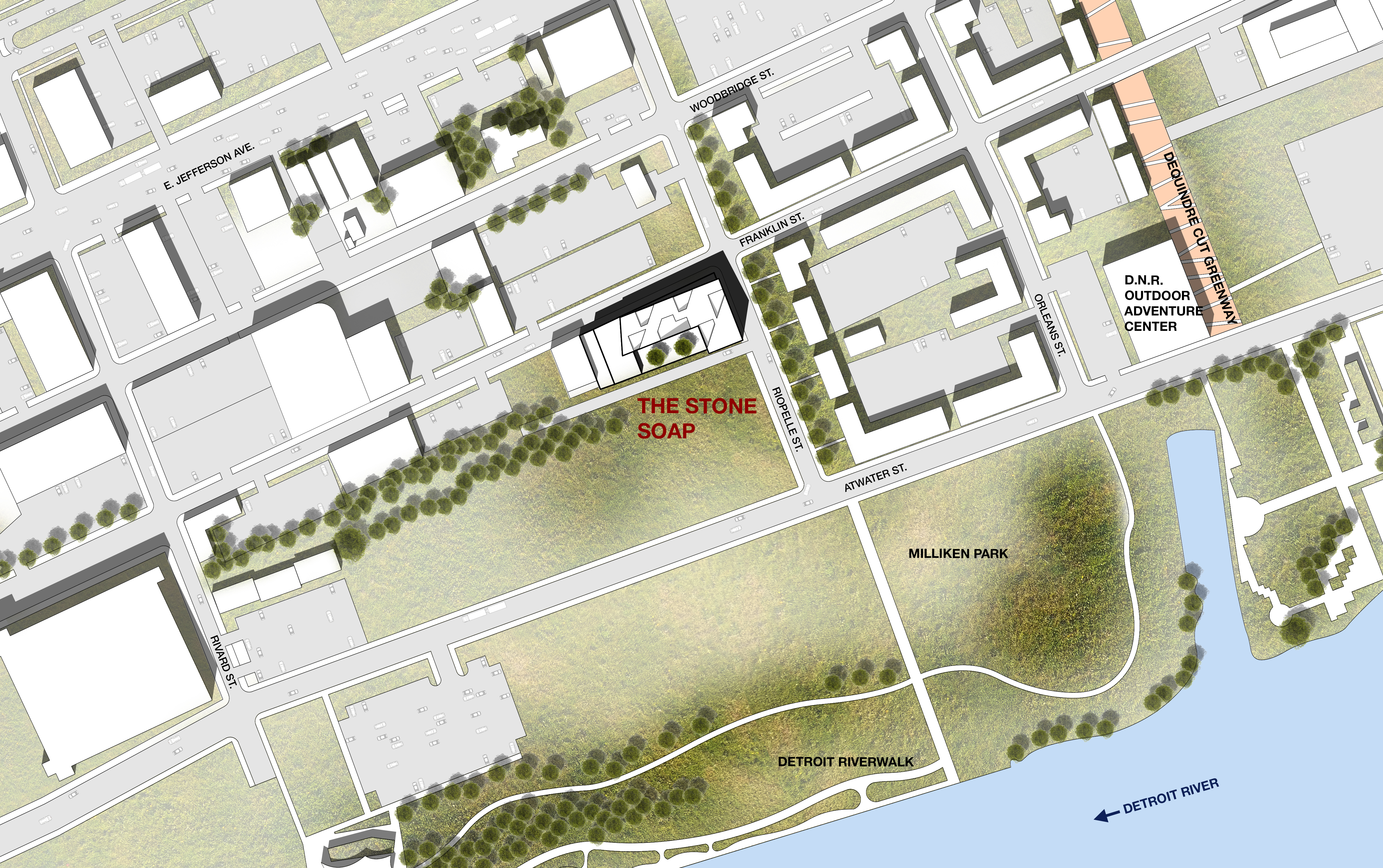


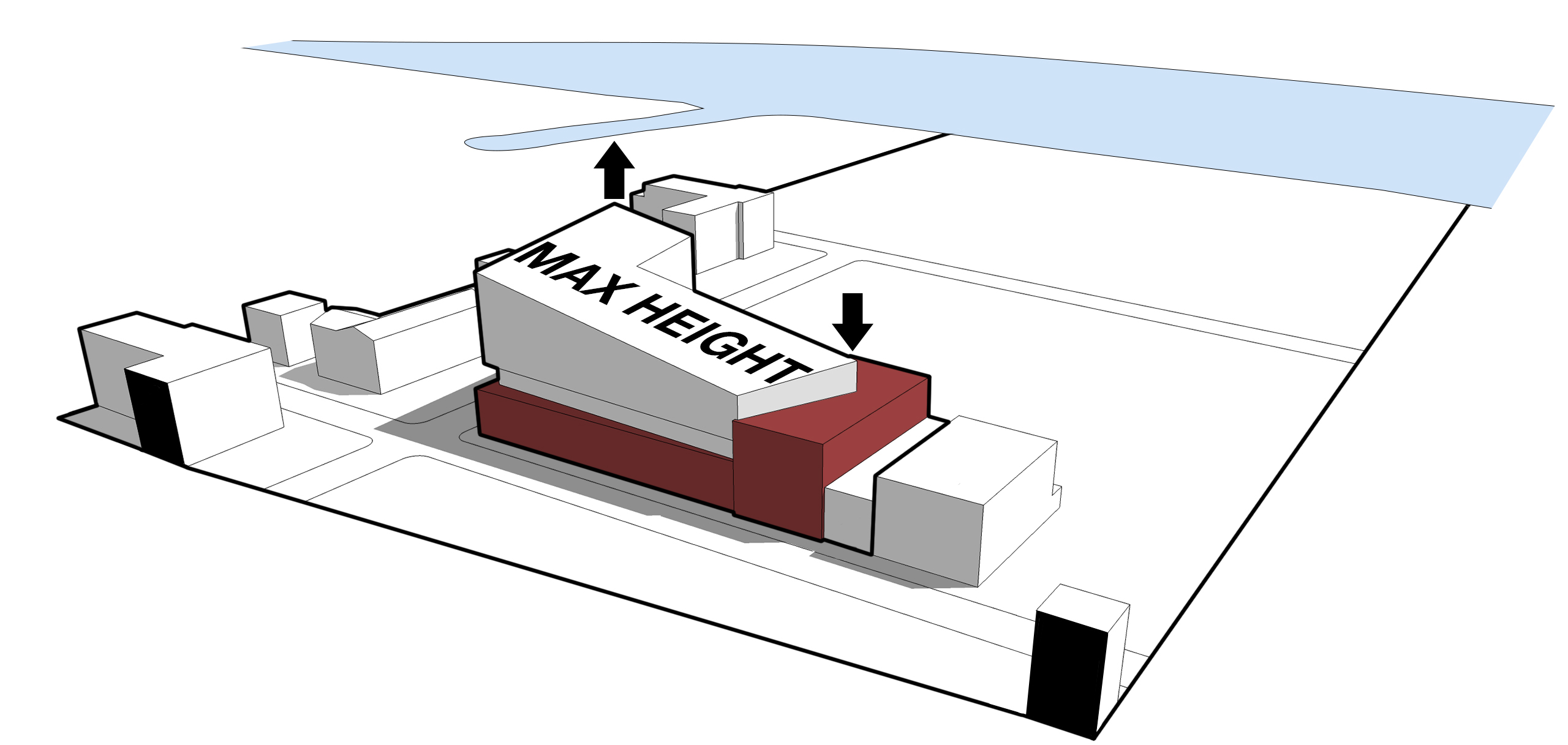
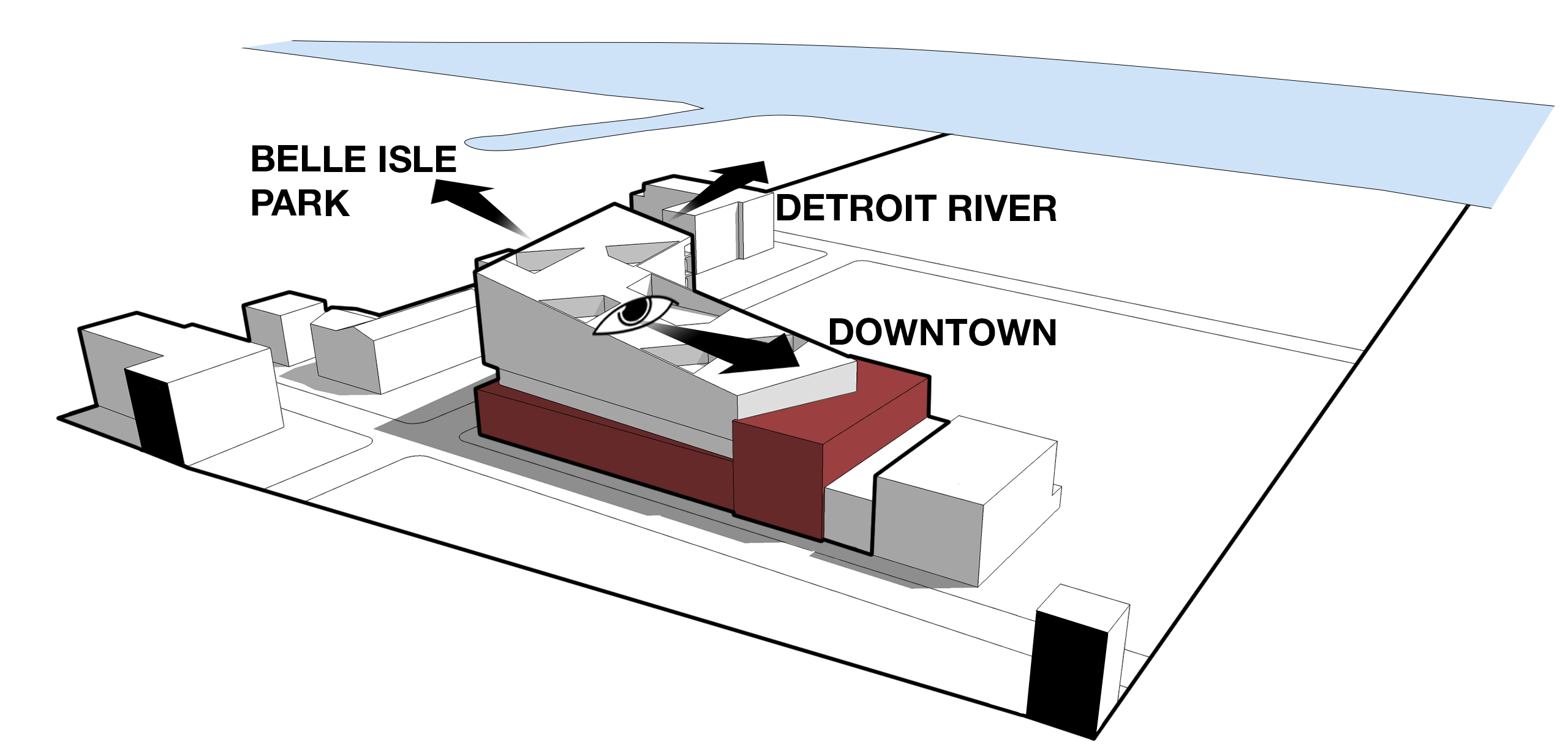
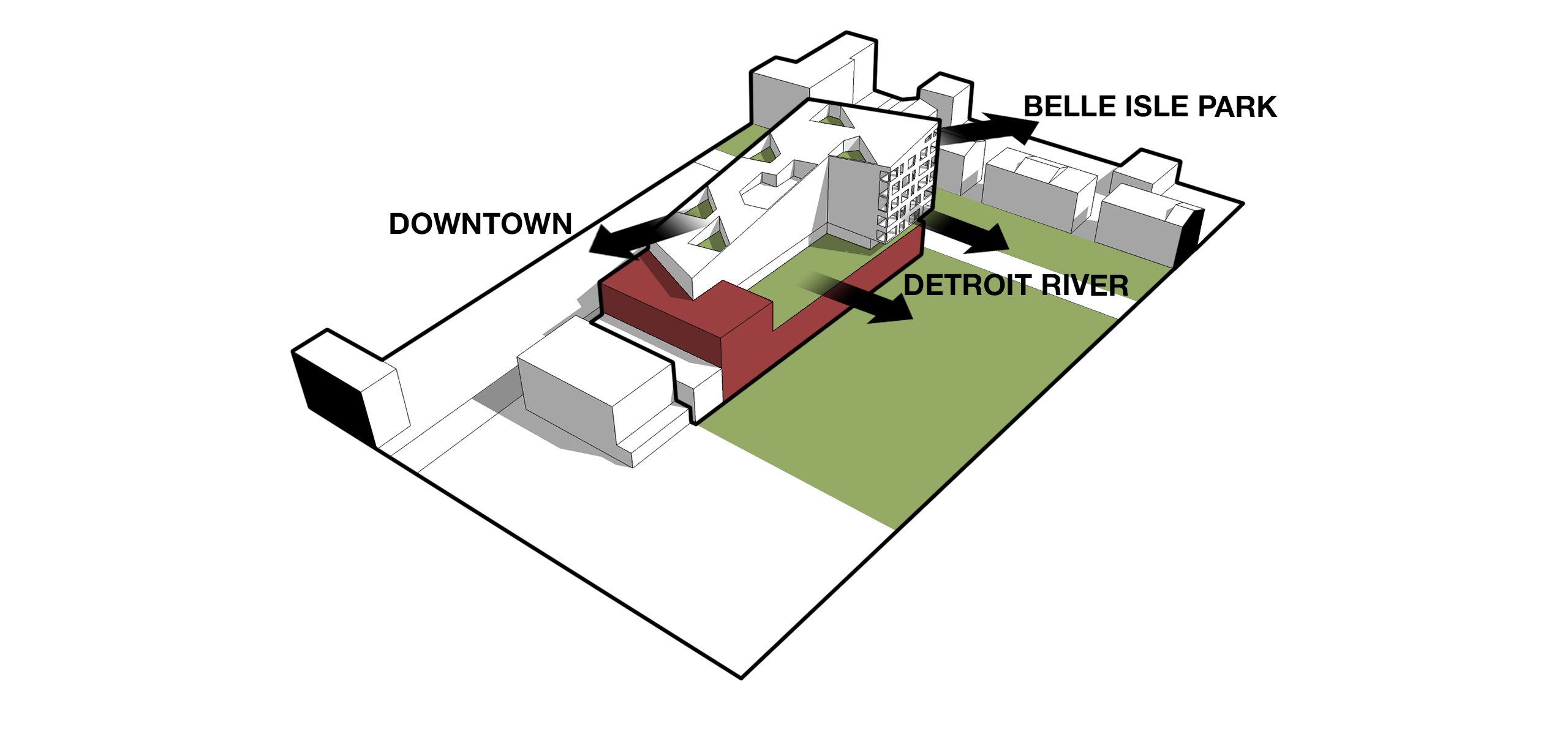
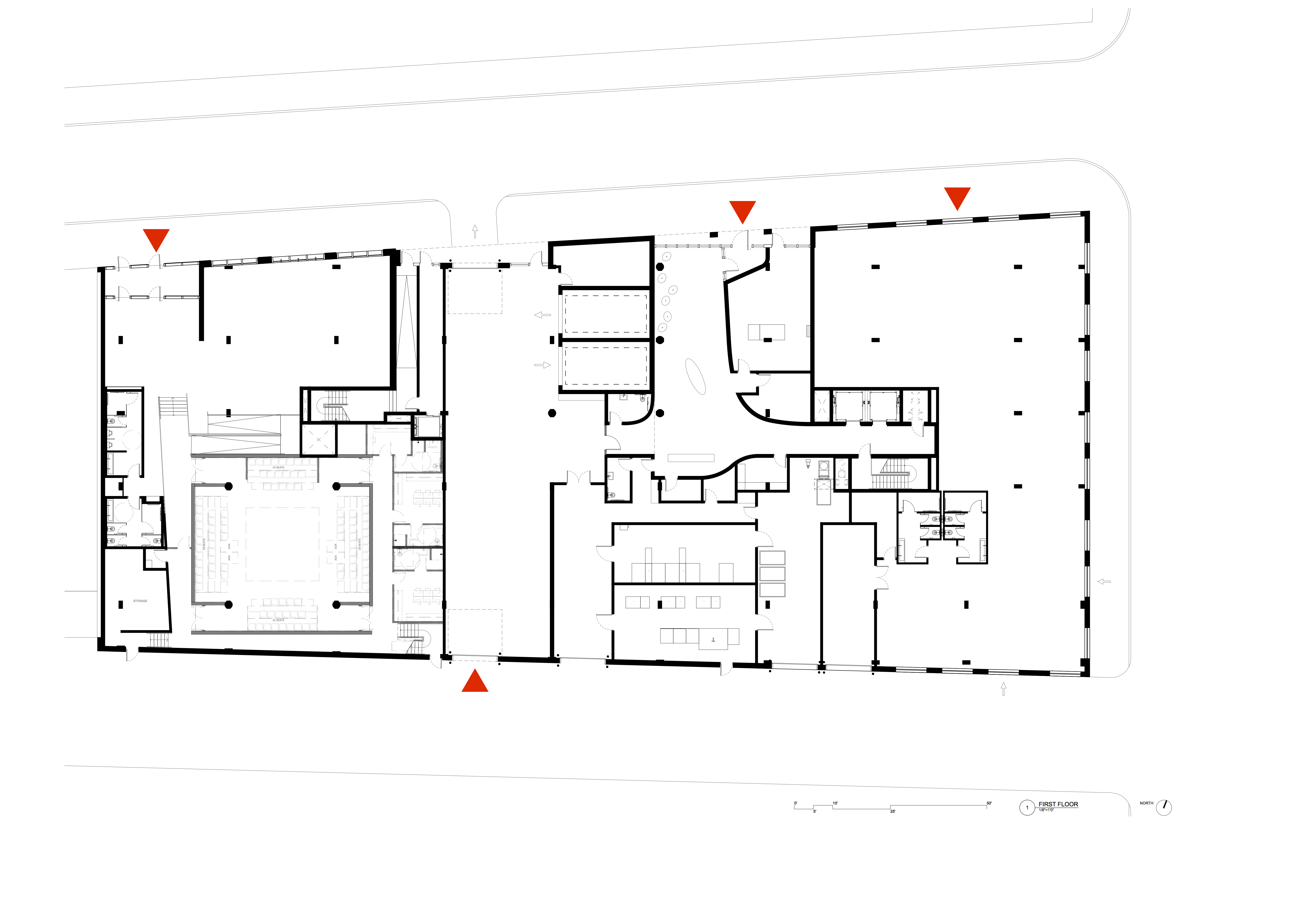

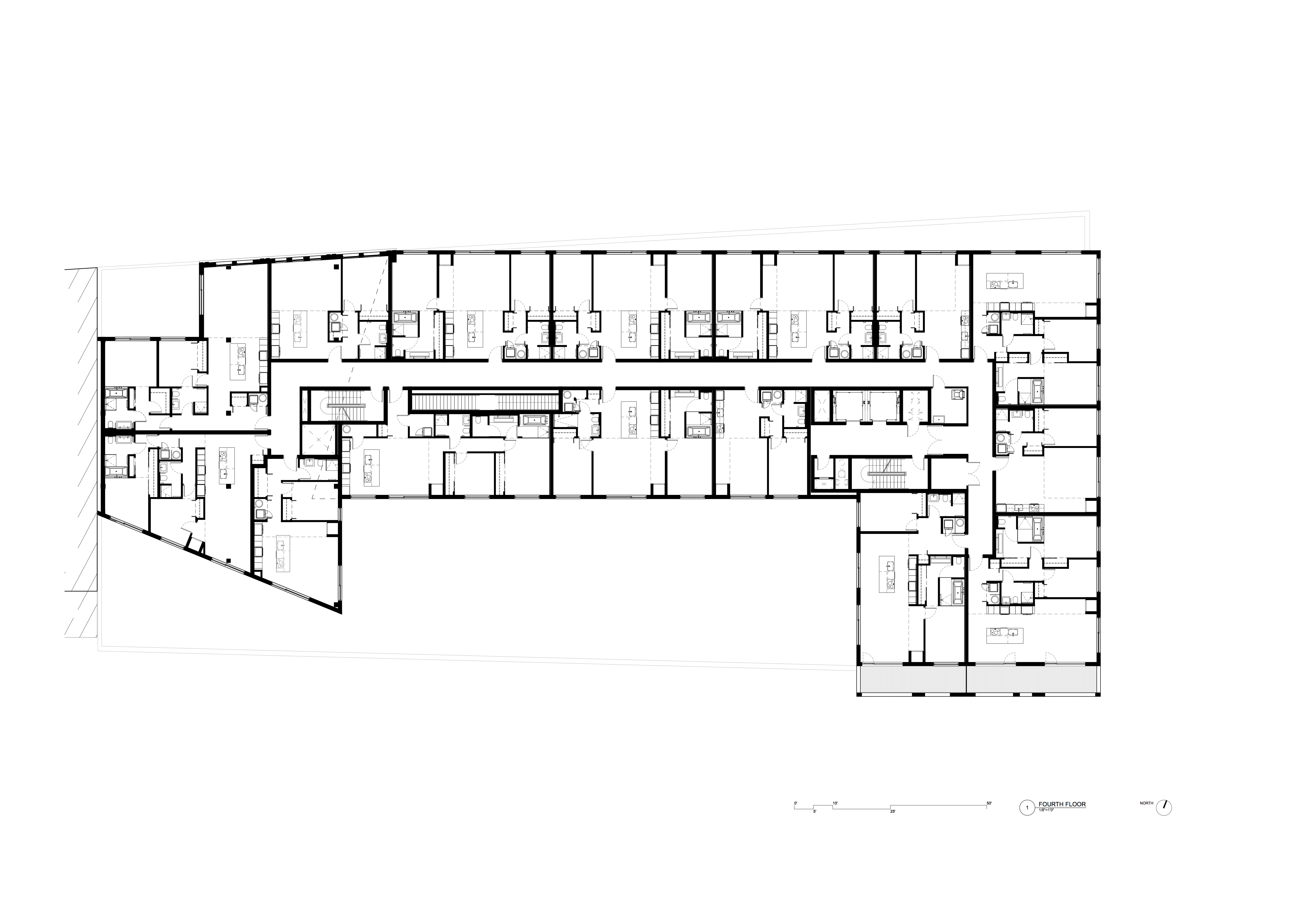
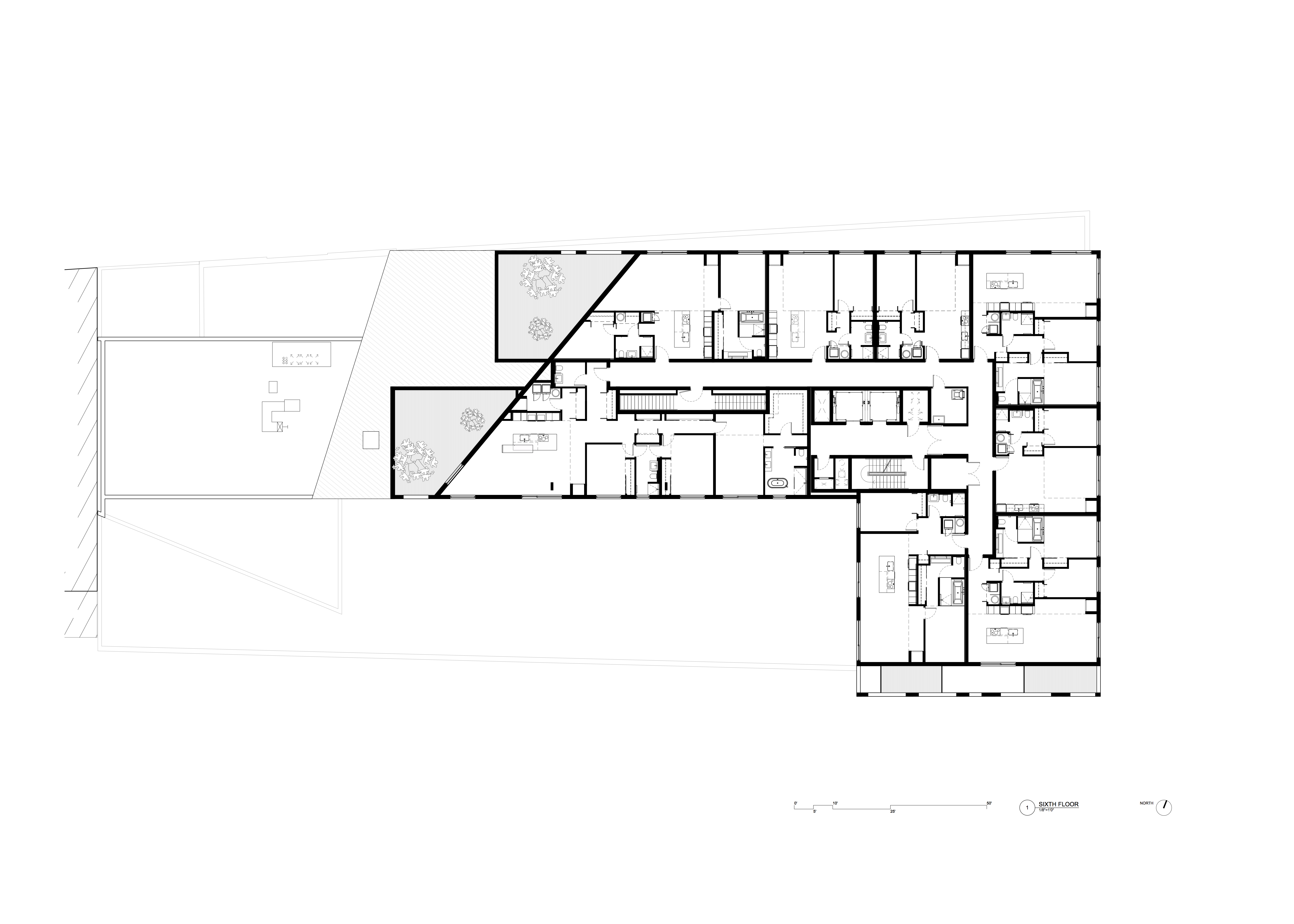

Building Type: Mixed Use, Adaptive Reuse
Location: Detroit, Michigan, USA
Client: Banyan Investments, Detroit
Service: Architectural Design
GSF: 130,000 sqft
Year: 2019
Team: Lars Gräbner, Christina Hansen, Matthew Biglin, Xinying Li, José Arturo Joglar-Cadilla, Ignacio Moreno-Elst, Liz Burroughs, Benjamin Ward
Architect of Record: Integrated Design Solutions
Links:
Crain's Detroit
Detroit Free Press
The Detroit News
Curbed Detroit
